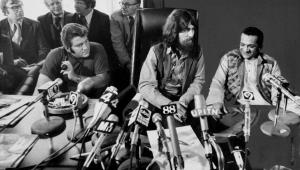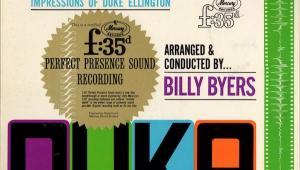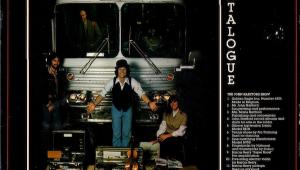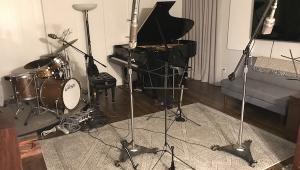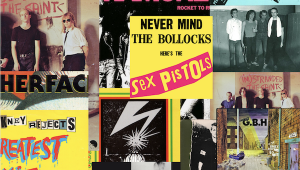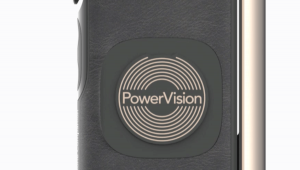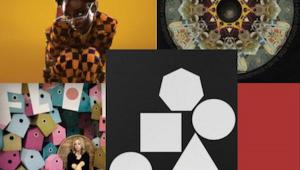The Beatles Japanese TOJP Reissues: Just Say No!
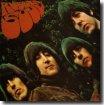
There was a great deal of excitement a few months ago when Toshiba-EMI announced a new series of Beatles albums. The 1970’s EAS series from the label are considered by most collectors to be among the best sounding Beatles albums issued anywhere, but a ‘90’s series issued by the label, and cut from digital masters was expensive and sounded brittle and uninviting, though as usual, the packaging was sumptuous and the pressing quality was pristine.
When this set was announced, accompanied by a blurb about “analog masters,” excitement grew that, finally, we’d have a new series of Beatles vinyl cut from the analog tapes originally sent by EMI all those years ago. Unfortunately, that is not the case, according to my sources in Japan. The “analog masters” simply means that the master tapes were analog.
Readers wanted to know what these sounded like, so I ordered Rubber Soul and Revolver and set down for a listen. Yes, the surfaces are pristine, and the quiet grooves deliver plenty of detail, but the top end is hard, sometimes harsh and ultimately fatiguing. The bottom end has good definition and extension but sounds harmonically compromised—a cartoon version of the originals. Rubber Soul was re-mixed by George Martin for the original CD release and when I compared the CD with this new vinyl issue, spatially, at least, they sounded identical. The LP was actually harsher. When I compared the CD with an original Parlophone there were reverb and spatial discrepancies—especially in terms of separation, which leads me to conclude that the Rubber Soul LP was sourced from the Martin digital re-mix.
If you’ve bought some of these LPs and think they sound good, you haven’t heard the EAS series or original UK Parlophones, which I still think deliver the goods as intended (some correspondents insist the Japanese EAS pressings are better). You’ll stay happy by not exposing yourself to either the EAS or original Parlophones. The bottom line is: these recordings were so well done, it’s difficult to make them sound truly bad. By the way, though the back cover says “These albums have been direct metal mastered from a digitally-remastered original tape to give the best possible sound quality,” I think that is left over from the last go-round. I think these are pressed from lacquers.
At around thirty bucks a pop, these new Beatles albums are musts to avoid in my opinion. You can find used Japanese EAS ‘70’s reissues for around the same price. Those are beautifully packaged, brilliantly pressed and derived from the original Japanese analog tape copies. I still prefer the UK Parlophones though.






